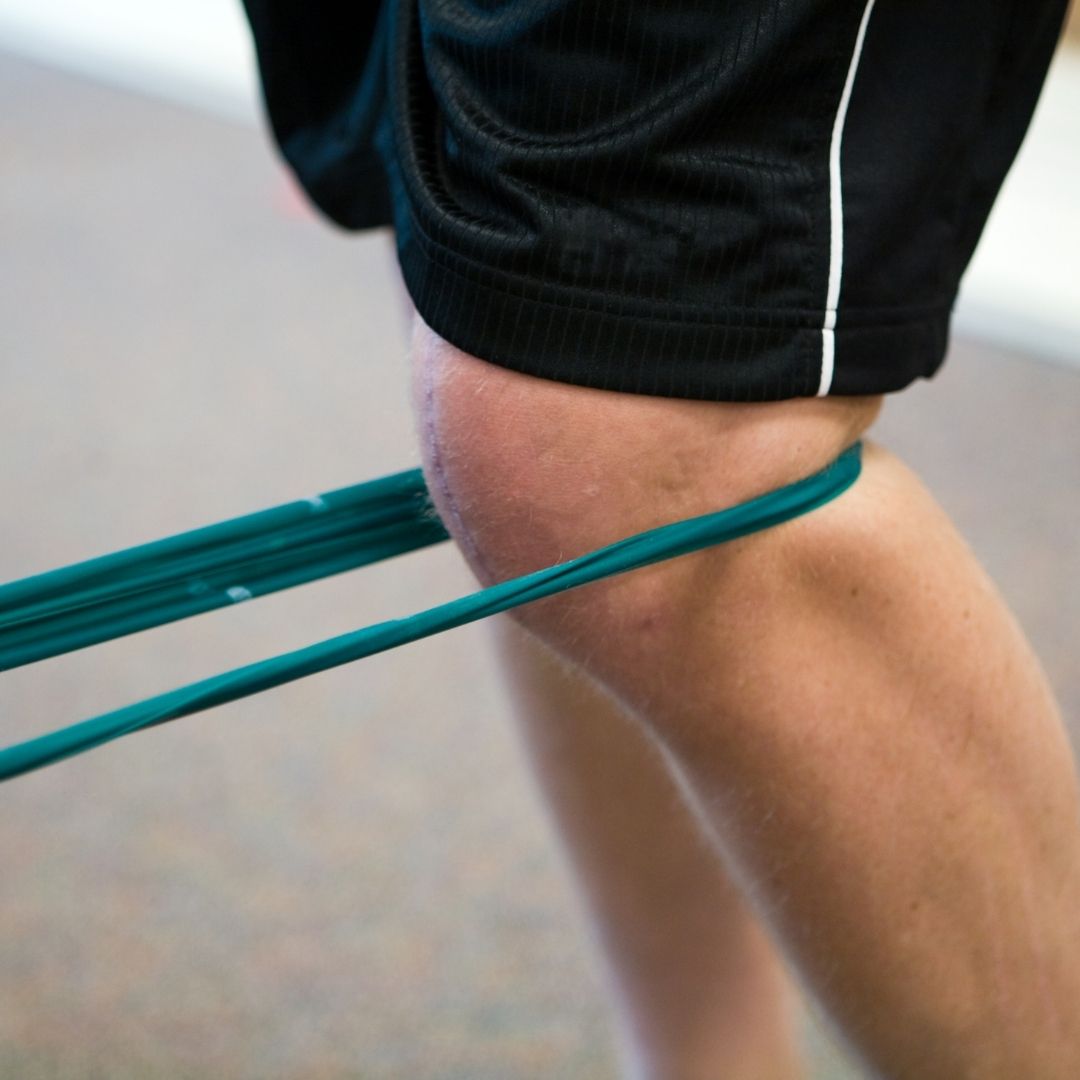
Living Healthy on the Road isn’t Easy, but it’s Not Impossible
Long hours, sedentary job requirements, and limited food options on the road all conspire to make it especially difficult for professional drivers to maintain a healthy lifestyle. But it’s not impossible.
And there are many examples of drivers who’ve found a way to live healthy while employed as a professional driver. We reached out to several trucking health experts for advice on how this can be achieved.
Focus on what you can control
There are many realities of trucking you can’t control. Long hours. Limited food availability. Having to sit for extended periods of time. Lack of gym access. Mark Manera, founder of The Trucking Fitness Company advises drivers to focus on what they can control.
“I think a lot of drivers put their focus on aspects they can’t control,” he said. “Instead of putting all the focus on these aspects they can’t control that are hindering their ability to live a healthier life, I want them to shift their mindset to the factors they can control. They can control how they spend their 30-minute break – they can try to move more during that time. Maybe McDonald’s is the only place they can get food, but what they can control is the food they eat at McDonald’s. We give five or six health options at a bunch of restaurants so they can pick the healthiest option at McDonald’s.
Just start
Any improvement in lifestyle begins with a simple decision to get healthier. The first steps on that journey can be baby steps.
“The biggest thing is, you need to start to do something,” Manera said. “Too many people get it in their head that they need a huge, elaborate plan when in reality, you just need to get started and get the wheels turning. You’ll figure out the rest of the plan as you go. It can be anything from a 10-minute walk, switching to diet soda, or switching from three packets of sugar in your coffee to Splenda. Making small changes over time will build up.”
Stephen Kane, president of Rolling Strong, is a former truck driver himself. So, he understands the realities of the profession. He urges drivers to start slow and focus on increasing mobility.
“Most truck drivers who have been in the truck for a long period of time say they can’t run, can’t walk, their knees and hips hurt. We studied this and we understand when you’re sedentary as much as a driver is, it tightens up tendons, ligaments, muscles, and puts a lot of strain on the bones they’re connected to,” he explained. “We try to loosen people up and focus on mobility – getting them to where they can walk and do light exercise more easily.”
Kane says a driver’s first step to a healthier lifestyle is admitting there’s an issue, and that whatever they’re doing just isn’t working. He also encouraged them to be open-minded and to understand it is possible to be healthy as a trucker.
Rolling Strong focuses on five essential approaches to wellness: nutrition; fitness; hydration; sleep; and the mental state of mind.
“Don’t set your expectations too high. It’s good to have a roadmap where you’re working with small goals to move the needle a bit. Those feel good and give you the drive to accomplish more goals down the road,” said Kane.
Andrea Morley, health coach with NAL Insurance’s Healthy Trucker program, encourages drivers to start with diet.
“Cutting back on processed foods is the number one thing all truck drivers can do,” she said. “That is doable in a truck stop, but will often require them to bring at least some of their food on the road.”
Incorporate the truck
Drivers may not want to make room in an already cramped truck cab for exercise equipment. But there are a surprising number of exercises that can be done with nothing more than a resistance band and the truck itself.
“We have plenty of workouts that show people how to use the step on their truck and all the things they already do in their pre-trip inspection as a way to engage in mobility work,” said Kane. “The way they climb in and out of the truck and pull down the hood – there are ways you can do that to turn it into a flexibility routine. You don’t necessarily need equipment; you need instructions on how to do things right so you don’t get injured.”
“All our workouts can be done in the truck or outside the truck,” added Manera. “We give drivers a resistance band that’s six ounces that they can carry around and it doesn’t take up any room in the truck. It’s the only equipment they need.”
Healthy Trucker’s Morley agreed that no space-eating equipment is needed. Drivers can begin with a pair of running shoes, a towel, and a mat to toss on the pavement for outdoor workouts. If they want to take it a step further, however, small equipment such as a resistance band, a couple dumbbells or a single kettle bell can greatly broaden the types of exercise that’s possible without taking up too much space.
“If you don’t want to take actual pieces of workout equipment, drivers can use their tire chains – anything that is heavy and easy to hold that’s in and around the truck can be great workout equipment as long as it’s safe to use,” she said.
Join a team
Accountability is a strong motivator when it comes to getting healthy. Experts we spoke to encouraged working with a coach and emphasized the value of community when pursuing a healthy lifestyle.
“If they are part of a group, they know they can participate on their own level and they feel less pressure,” Morley said. “They also feel that sense of community.”
The Trucking Fitness Company is an app-based program that puts participants into groups of five to eight like-minded drivers. It also provides 24/7 access to a coach, for support and guidance.
Trucking companies themselves can also play a role in encouraging drivers to participate in such programs. Morley said trucking employers are increasingly awakening to the importance of supporting driver health.
“A lot have really stepped up over the past five years to support the health of their drivers,” she said. “It’s a tough issue because it’s not their responsibility; just like any other industry, no employer is fully responsible for their employees’ health and wellness. But at the same time, it goes a long way as far as recruiting, retention, employee happiness and long-term health.”
And a healthier driver is a safer driver, Kane added.
Pictures of health
An effective driver health program will produce its success stories. They can be inspiring to others and should be highlighted as evidence it is possible to become and stay healthy as a truck driver.
“We had a guy who was 340 lbs or so,” Manera related. “He just started doing the five-minute truck stop workout every single day and took some of our nutritional habits and started implementing that. He cut down on soda, changed to diet soda and lost about 28-29 lbs in the first month or two. And it only took him five minutes a day.”
Morley encourages drivers to look to their healthy peers for inspiration.
“I’m not here to tell you what’s possible,” she said. “Let other drivers out there who are improving their health and living a healthy lifestyle tell you it’s possible to maintain your health on the road through diet and exercise. Many have gone from being very unhealthy to much healthier while on the road.”
Rolling Strong counts several 100-lb losers in its program, but Kane has to look no further than himself for a success story.
“My message is loud and clear,” he said. “It can be done. I am a cancer survivor. I had a heart condition, I experienced obesity, high blood pressure – I’m not a person who was born with a six-pack of abs. I have to work for it and I’ve done it as a truck driver, in operations and now as president of Rolling Strong.”
Visit our wellness section of our website for more resources and tools.
Latest Resources
Wildfires Affect Drivers and Vehicles, Increasing Risk
Road Safety at WorkStay off the road if you can. If you have to go, have a plan, says Road Safety at ...
Cone Zone – Roadside Workers
Road Safety at WorkPlease slow down and pay attention in all roadside work zones. It’s the law Do you ...

